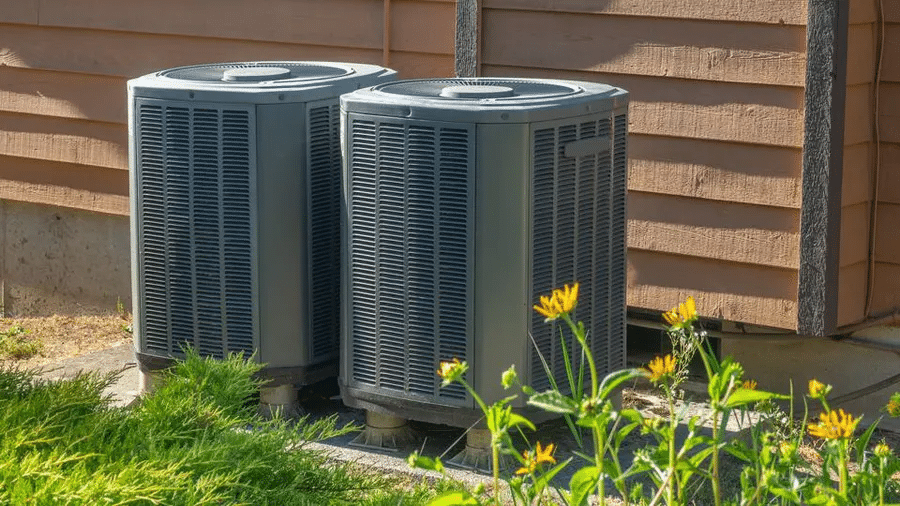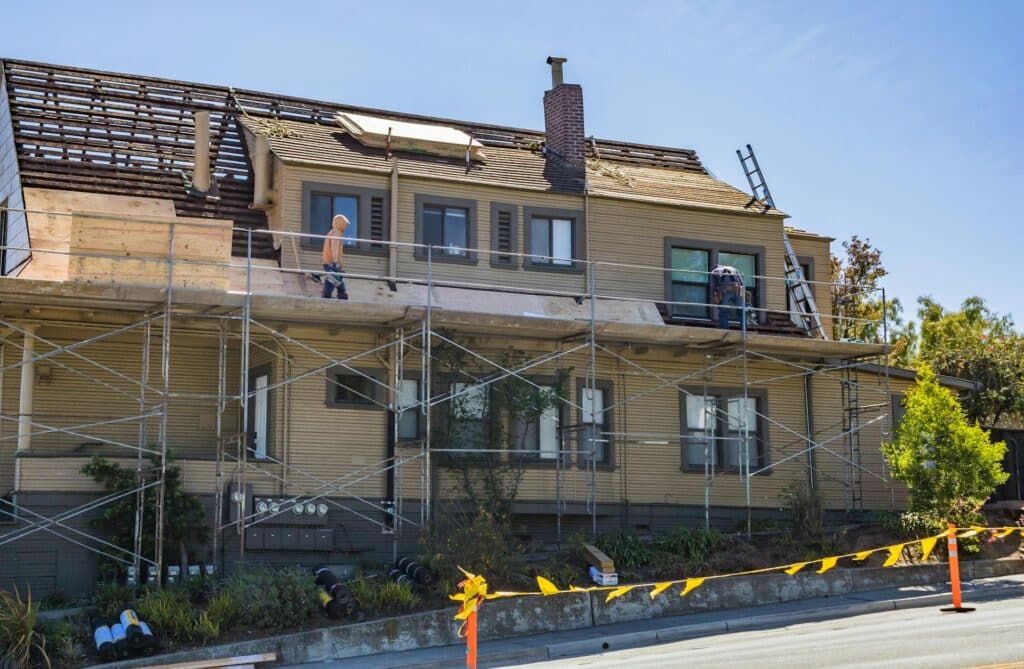Rising energy costs are becoming a heavy burden for many households, especially in cities like San Francisco, where the cost of living exceeds the national average by more than 60%. It’s no longer just about keeping the lights on — it’s about budgeting wisely and making smart home decisions that don’t spike your monthly expenses. The culprit behind your ballooning utility bills may not be a mystery after all. It could be your home itself! Surprised?
Let us show you how this happens and how you can fix these common yet often overlooked issues.
You’ll learn what to look out for, how to spot the warning signs, and which solutions can actually bring those numbers down.
1. Roofing Problems That Let Energy Leak Out
Even in areas that don’t face extreme temperature swings, roofing issues can drive up energy bills. In a city like San Francisco, the frequent winter rains can gradually damage roofing materials. Water infiltration can compromise the insulation in your attic, promote mold growth, and reduce your home’s ability to retain heat.
A damaged or poorly ventilated roof allows heated air to escape during colder months and traps excess heat during warmer days. Missing shingles, deteriorating flashing, or clogged roof vents can all contribute to these issues. Unfortunately, many of these problems remain hidden until there’s a leak or noticeable spike in energy usage.
Preventative maintenance is key. A thorough inspection by a trusted roofing company in San Francisco can identify weak points, repair damage, and ensure proper ventilation.
2. Outdated Insulation That Fails to Trap Air
Insulation is one of the most crucial components in maintaining a home’s energy efficiency. When it’s old or improperly installed, it can let warm or cool air escape, forcing your HVAC system to work a lot more than it should. This increases your energy consumption and even shortens the lifespan of your heating and cooling equipment.
Many homeowners don’t realize that insulation deteriorates over time. If your house was built decades ago and hasn’t had insulation upgrades, chances are it’s underperforming. Drafts, uneven room temperatures, and rising utility bills are telltale signs. Replacing outdated insulation with modern options like spray foam or dense-packed cellulose can dramatically reduce energy loss and improve indoor comfort.
3. Windows That Aren’t Energy-Efficient
Older or low-quality windows are often a hidden source of energy loss. Single-pane windows, for example, do little to stop heat transfer. Poor seals or cracked frames allow air to leak in, once again burdening your HVAC system.
Upgrading to double- or triple-pane windows with gas fills and low-emissivity coatings significantly boosts energy efficiency. For those unable to replace windows entirely, applying weather stripping, sealing gaps with caulk, or installing thermal curtains can provide immediate relief.
4. Phantom Power: The Cost of Devices on Standby
Many homes are filled with electronics and appliances that quietly consume power even when turned off. This is known as phantom load or standby power, and it can account for a noticeable chunk of your monthly bill. Devices like coffee makers, televisions, gaming consoles, and phone chargers continue to draw electricity as long as they’re plugged in.
The solution doesn’t require any major renovations. Simply unplugging devices when not in use or using smart power strips that cut off power when electronics are inactive can make a difference. Over time, these small habits add up and can save both energy and money.
5. HVAC Systems That Are Past Their Prime

Heating and cooling systems account for a large portion of energy use in most homes. When these systems are outdated, poorly maintained, or improperly sized, they become far less efficient. A furnace or air conditioner that’s more than 10 years old may still be functional, but likely operates at a much lower efficiency than newer models.
Regular maintenance, like replacing filters and scheduling tune-ups, can help extend the life of your system. But if your unit is constantly breaking down or causing bills to rise, it might be time for an upgrade.
6. Poor Lighting Choices That Add Up
Lighting may seem like a minor factor in your energy consumption, but outdated lighting choices can quietly drain electricity every day. Incandescent bulbs are especially inefficient, converting most of the energy they use into heat rather than light. The solution is simple. Switch to LED bulbs. They use up to 80% less power and last far longer than traditional bulbs.
Beyond the bulbs themselves, consider how you use lighting throughout your home. Leaving lights on in unoccupied rooms or relying on artificial light during daylight hours wastes energy. Installing dimmer switches, timers, or motion sensors can help optimize usage. These simple upgrades can yield noticeable results on your utility bill without a major upfront cost.
7. Drafty Doors That Disrupt Climate Control
Doors may seem like minor details, but even small gaps can let in outside air and cause your heating and cooling systems to work overtime. Drafts around door frames are especially common in older homes or in doors that have warped slightly over time. If you’ve ever noticed a cold breeze under your front door in the winter, your home is likely leaking energy.
Installing weather stripping or door sweeps is an affordable and effective fix. Foam tape, silicone seals, and draft stoppers can all help block unwanted airflow. These solutions not only improve energy efficiency but also enhance indoor comfort by eliminating uneven temperatures and cold spots.
8. Inefficient Thermostat Use
Your thermostat controls the heart of your home’s energy system, yet many people use it inefficiently. Constantly adjusting the temperature or forgetting to lower it when leaving the house can drive up costs. A consistent schedule helps your HVAC system run more smoothly and avoid unnecessary cycles.
Upgrading to a smart thermostat gives you better control and automation. These devices learn your habits and adjust settings automatically for maximum efficiency. Many models also allow remote access via smartphone, so you can monitor and adjust temperatures even when you’re away from home.
Lower Bills, Maximum Comfort
Cutting energy costs doesn’t always require big home renovations or expensive upgrades. You just need to identify where your home might be silently leaking money and make practical, targeted changes. Together, these solutions provide a solid foundation for a more energy-efficient, cost-effective household. The sooner you take action, the sooner you’ll start to see the savings.


















